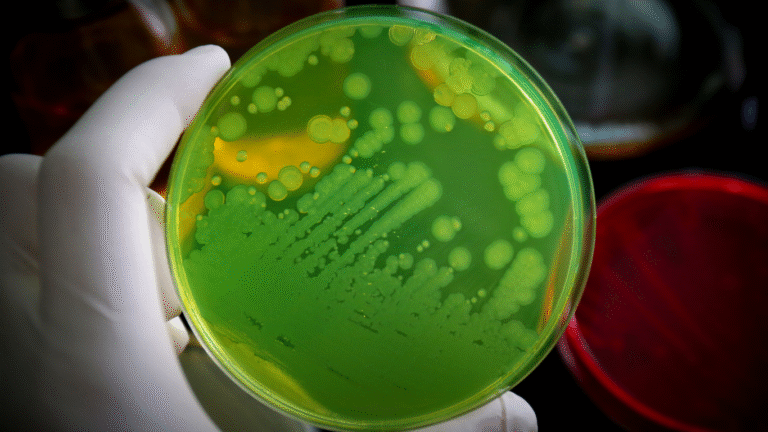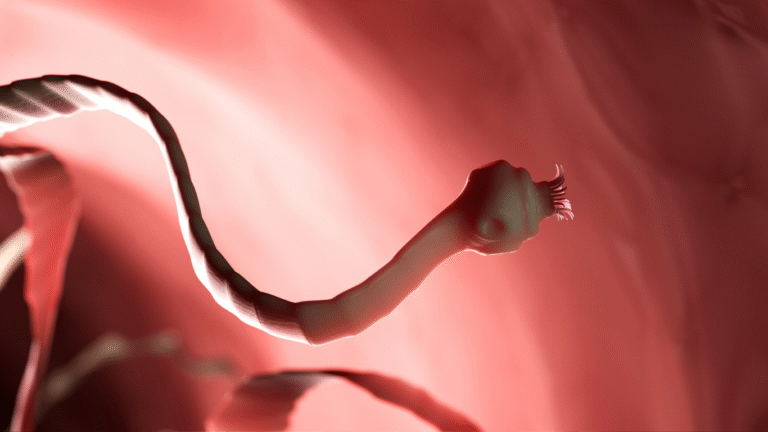Discover the top 10 diseases that were deadly in the Victorian era but are now easily treated in modern times, thanks to medicine and science.
From Death Sentences to Doctor’s Visits
Back in the Victorian era (1837–1901), getting sick was basically like rolling dice with death. No antibiotics, no vaccines, and let’s not even talk about hygiene. Entire families could be wiped out by something we now treat with over-the-counter meds or a quick trip to the pharmacy. Thanks to modern medicine, many of those terrifying diseases are no longer the life-or-death battles they once were. Here are 10 diseases that went from Victorian-era nightmares to modern-day inconveniences.
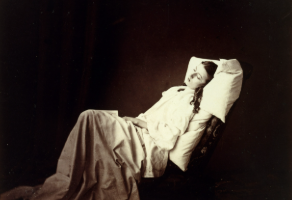
1. Tuberculosis – From “Romantic” Killer to Antibiotic Target
Let’s start with one of the most infamous killers of the Victorian age: tuberculosis (TB). It wasn’t just deadly—it was bizarrely glamorized. Think pale, thin poets coughing dramatically into lace handkerchiefs. But behind the tragic aesthetic, TB was a brutal disease that killed millions, responsible for nearly one in four deaths in the 19th century. Families feared it, and doctors had little to offer besides fresh air and rest in sanatoriums.
Fast forward to today: antibiotics like isoniazid and rifampin make TB treatable and often curable, though drug-resistant strains still keep public health experts on alert (CDC). What was once a slow, lingering death sentence is now a treatable infection if caught early.
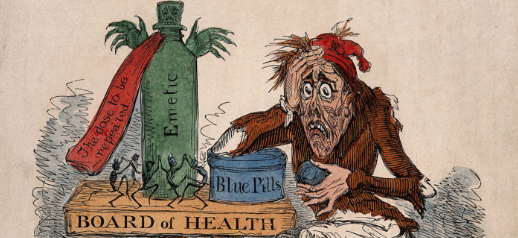
2. Cholera – From Waterborne Terror to Contained Outbreaks
If TB was the “romantic” killer, cholera was the neighborhood wrecker. Imagine drinking a glass of water and essentially gambling with your life—that was cholera in the 1800s. Caused by contaminated water, it could wipe out entire communities within weeks. London’s 1854 Broad Street outbreak became legendary, when physician John Snow (no relation to the Game of Thrones hero) traced it back to a single water pump.
Now, cholera is far from gone globally, but in places with access to clean water and sanitation, it’s practically a non-issue. Even when outbreaks do happen, oral rehydration salts and IV fluids save lives, and vaccines help prevent spread (WHO). A once-deadly scourge has become a preventable and treatable illness.

3. Smallpox – From Scars and Fear to Complete Eradication
While cholera wreaked havoc in waves, smallpox was the constant shadow. It terrified Victorian families with its high death rate (about 30%) and its devastating scars on survivors. The disease was so common that most people knew someone who had either died from it or lived with permanent marks.
But here’s the twist: smallpox became the first human disease to be completely eradicated through vaccination. The World Health Organization declared it gone in 1980, a huge triumph for science (WHO). What once spread like wildfire across Victorian cities is now a story in history books—and hopefully never makes a comeback.
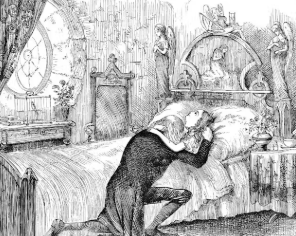
4. Typhoid Fever – From Deadly Fevers to Quick Antibiotic Fixes
If smallpox was the steady menace, typhoid fever was the sneaky assassin. Spread through contaminated water and food, it thrived in crowded Victorian cities where sanitation systems were practically nonexistent. High fever, delirium, and sometimes intestinal perforation made it a terrifying diagnosis. Mary Mallon—better known as “Typhoid Mary”—would later become infamous as an asymptomatic carrier.
Thankfully, antibiotics changed everything. Today, a prescription can clear up the infection, and vaccines exist for travelers to high-risk regions (Mayo Clinic). With clean water systems in modern cities, what once decimated neighborhoods is now easily controlled.
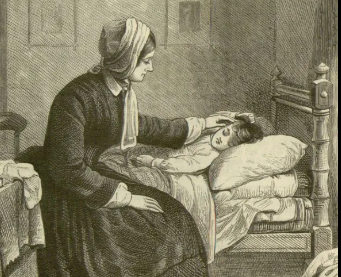
5. Scarlet Fever – From Childhood Killer to Easily Managed
Moving from the hidden killers to the highly visible, let’s talk about scarlet fever. In the Victorian era, this disease swept through schools and homes, claiming countless young lives. The bright red rash, sore throat, and high fever made it recognizable, but doctors had no real way to stop it.
Today, scarlet fever is treated with something as simple as penicillin. What was once a dreaded childhood illness has been downgraded to an easily manageable infection (CDC). Victorian parents would probably be amazed that what killed their children can now be wiped out with a week of antibiotics.
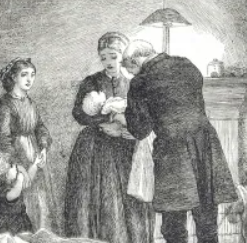
6. Measles – From Mass Killer to Preventable Shot
If scarlet fever was the visible menace, measles was the relentless one. In the Victorian era, measles could sweep through towns, especially among children, leaving devastation in its wake. With no vaccines and limited treatments, mortality rates were high.
Modern medicine turned the tide with the introduction of the MMR vaccine. Today, measles is almost entirely preventable. Outbreaks only occur in areas with low vaccination coverage (WHO). From Victorian terror to vaccine-preventable nuisance—that’s a glow-up if we’ve ever seen one.

7. Diphtheria – From Strangling Angel to Routine Immunization
If measles attacked children through fevers, diphtheria terrified parents with suffocation. Known as the “strangling angel of children,” it formed a thick coating in the throat, blocking airways and making it nearly impossible to breathe. Entire wards of children died gasping for air in Victorian hospitals.
Today, the DTaP vaccine means diphtheria is practically unseen in many parts of the world. Parents no longer live in fear of it, and most people only encounter the word when scanning their immunization record (CDC). What was once a choking killer is now nearly obsolete.
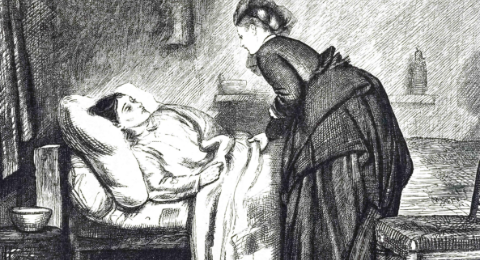
8. Whooping Cough (Pertussis) – From Endless Coughs to Controlled Cases
While diphtheria suffocated, whooping cough tortured with relentless coughing fits. Victorians had little defense against it, and children often died from sheer exhaustion or secondary infections. Parents could only watch and pray as their little ones gasped for air.
Modern science gave us the Tdap vaccine and better supportive care. While pertussis still circulates and remains dangerous for infants, it’s far less deadly today (CDC). A disease that once brought Victorian homes to tears now has a much smaller shadow.
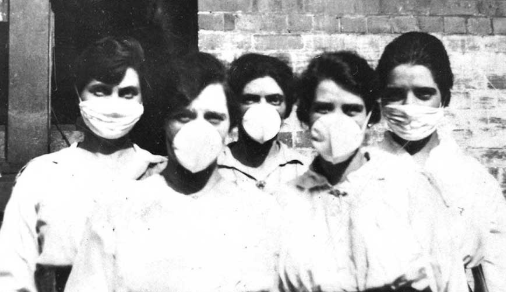
9. Influenza – From Deadly Waves to Annual Flu Shots
Next on our journey is the infamous influenza. To Victorians, the flu wasn’t just a winter nuisance—it was a recurring mass killer. Waves of influenza swept across continents, and without antivirals or vaccines, thousands would die during each outbreak.
In modern times, influenza still poses a danger, but annual flu vaccines and antiviral medications drastically reduce hospitalizations and deaths (NIH). While it hasn’t vanished like smallpox, it’s a far cry from the overwhelming Victorian death tolls.

10. Polio – From Paralyzing Fear to Near-Eradication
Finally, let’s end with a disease that haunted Victorians and persisted well into the 20th century: polio. This virus struck fear into families, often leaving children paralyzed or reliant on iron lungs to breathe. Communities dreaded every summer, when outbreaks surged.
Thanks to Jonas Salk’s vaccine in the 1950s and global eradication campaigns, polio has nearly disappeared worldwide (WHO). From being a paralyzing fear to being on the brink of eradication, polio’s transformation is one of modern medicine’s greatest victories.
Conclusion: Medicine Turned Nightmares Into Nuisances
The Victorian era may have had charming dresses and horse-drawn carriages, but trust us—you wouldn’t want their healthcare. Diseases that once wiped out entire families are now treatable, preventable, or even eradicated, thanks to vaccines, antibiotics, and public health improvements.
When we complain about waiting rooms or flu shots, it’s worth remembering that our ancestors faced diseases with no cures, no vaccines, and very little hope. Which of these Victorian-era killers surprised you the most? Drop your thoughts below—because nothing says gratitude like realizing you live in the age of modern medicine.



